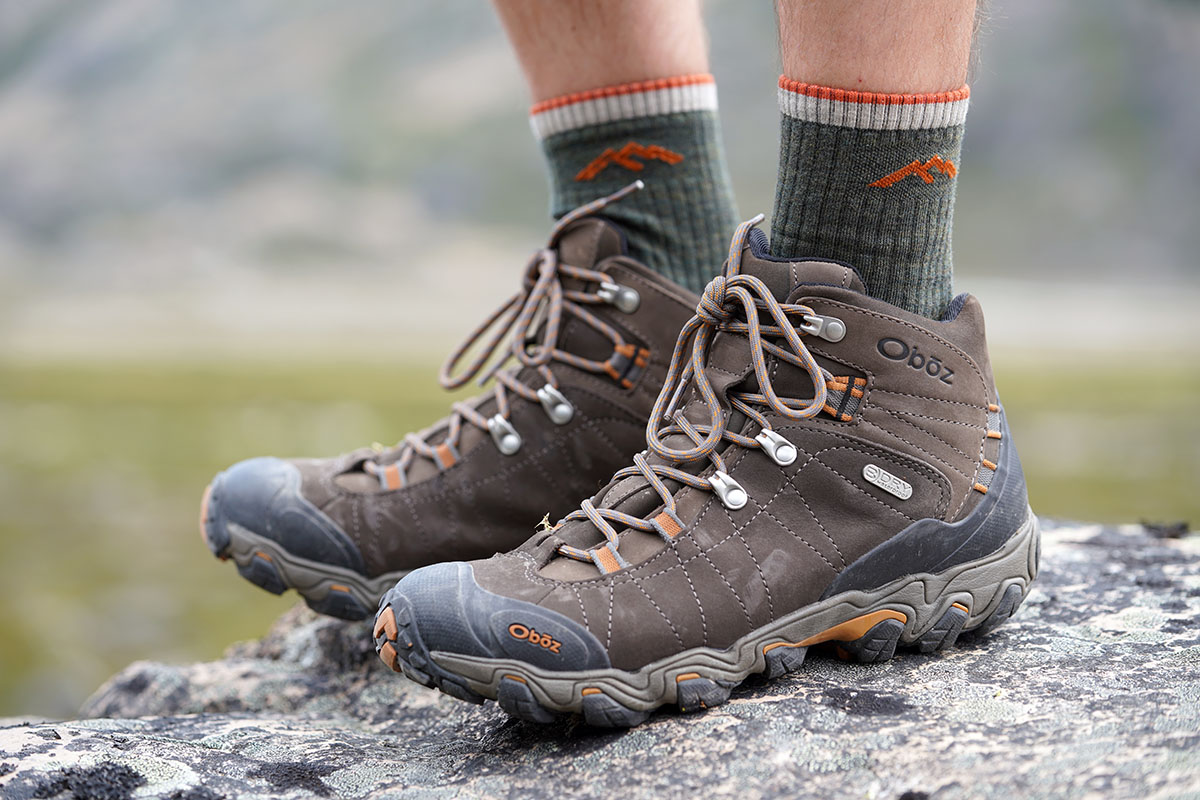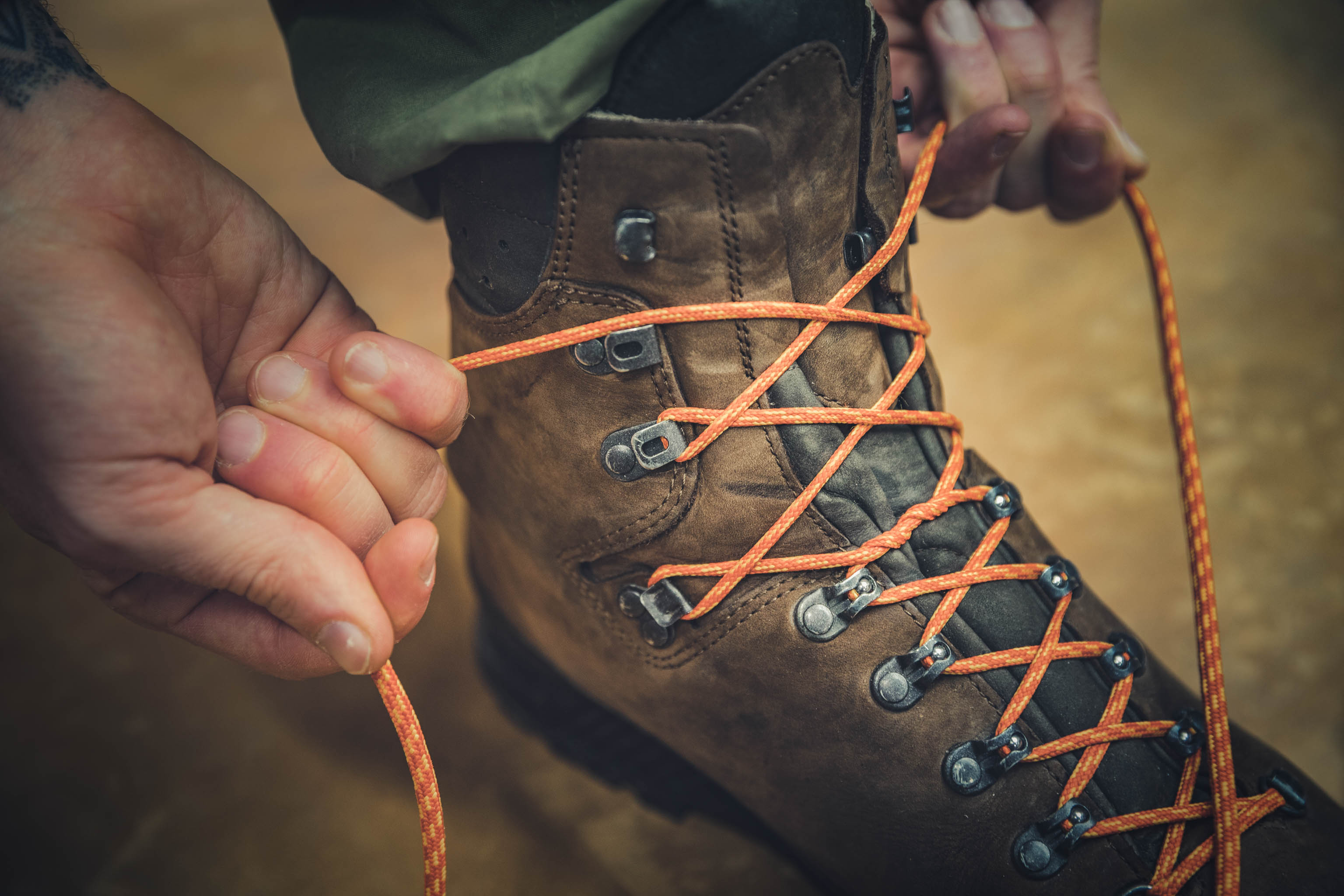Why the Right Hiking Boots Matter
When venturing into the great outdoors, it’s essential to wear proper hiking boots to ensure a safe and enjoyable experience. Ill-fitting boots can lead to a range of issues, including blisters, ankle sprains, and other injuries that can quickly ruin a hike. In fact, a study by the Outdoor Industry Association found that 75% of hikers experience foot problems due to poorly fitting boots. By understanding the importance of proper hiking boots, you can take the first step towards a successful and injury-free adventure. Whether you’re planning a day hike or a multi-day backpacking trip, learning how to buy hiking boots that meet your specific needs is crucial for a comfortable and supportive fit.
Understanding Your Hiking Style: Day Hikes, Backpacking, or Mountaineering
Different hiking styles require specific features in hiking boots to ensure a safe and enjoyable experience. Day hikers, for instance, may prioritize lightweight and breathable boots with good traction, while backpackers may need boots with additional ankle support and waterproofing to handle heavy loads and varied terrain. Mountaineers, on the other hand, require boots with crampons and insulation to tackle icy and snowy conditions. When learning how to buy hiking boots, it’s essential to consider the specific demands of your hiking style. By understanding your needs, you can choose boots that provide the right level of support, protection, and comfort for your adventure. Whether you’re planning a leisurely day hike or a multi-day mountaineering expedition, selecting the right boots can make all the difference.
How to Measure Your Foot for the Perfect Fit
Measuring your foot accurately is crucial when learning how to buy hiking boots. A proper fit ensures comfort, support, and prevents blisters and other injuries. To measure your foot, follow these steps: First, stand on a flat surface with your feet shoulder-width apart. Next, place a ruler or Brannock device along the floor, parallel to your foot. Measure the length of your foot from the back of your heel to the tip of your longest toe. Record this measurement in inches or centimeters. Then, measure the width of your foot at its widest point, usually at the ball of your foot. Finally, determine your arch type by wetting your foot and standing on a flat surface. If your footprint shows a complete impression, you have a flat arch. If the impression is narrow, you have a high arch. Knowing your foot measurements and arch type will help you find hiking boots that fit comfortably and provide the necessary support for your hiking adventures.
Key Features to Look for in Hiking Boots
When learning how to buy hiking boots, it’s essential to consider the key features that will make a difference on the trail. Waterproofing is a crucial feature to look for, especially for backpackers and mountaineers who may encounter wet conditions. Breathability is also important, as it helps to regulate foot temperature and prevent blisters. Ankle support is another vital feature, particularly for hikers who plan to tackle rugged terrain. A good tread pattern is also essential, as it provides traction and stability on various surfaces. Additionally, consider the weight, flexibility, and durability of the boots, as well as any additional features such as insulation, gusseted tongues, and toe caps. By understanding the importance of these features, you can make an informed decision when buying hiking boots that meet your specific needs and preferences.
The Best Hiking Boot Materials for Your Needs
When learning how to buy hiking boots, understanding the different materials used in their construction is crucial. Leather hiking boots are durable and provide excellent ankle support, but can be heavy and require more maintenance. Synthetic materials, such as nylon and polyester, are lighter and more breathable, but may not be as durable as leather. Mesh panels can enhance breathability, but may compromise waterproofing. Full-grain leather boots are ideal for rugged, off-trail hiking, while split-grain leather boots offer a balance between durability and breathability. Synthetic boots are suitable for day hikes and fast-paced backpacking. By considering the pros and cons of each material, you can choose the best hiking boots that meet your specific needs and preferences. Additionally, some hiking boots may feature a combination of materials, such as a leather upper with a synthetic toe cap, to provide a balance of durability and breathability.
Breaking in Your New Hiking Boots: Tips and Tricks
After learning how to buy hiking boots, the next step is to break them in to ensure a comfortable and blister-free hiking experience. Start by wearing your new boots around the house for a few hours a day to help your feet adjust to the new shape and material. Gradually increase the wear time and intensity over the next few days. Apply a waterproofing treatment to the boots to help condition the material and prevent water absorption. Use a shoe stretcher or stuff the boots with paper to help maintain their shape when not in use. For tougher boots, try using a hair dryer to heat the material, then apply pressure to the stiff areas to help mold them to your feet. Finally, take your boots on a series of short, easy hikes to help your feet and the boots adjust to each other. By following these tips and tricks, you can ensure a comfortable and successful break-in period for your new hiking boots.
Top Brands and Models for Hiking Boots
When learning how to buy hiking boots, it’s essential to consider the top brands and models that offer quality, performance, and durability. Merrell, for instance, is known for its Moab 2 Mid Waterproof boot, which features a breathable mesh upper and a Vibram TC5+ outsole for excellent traction. Keen’s Targhee II Mid WP boot is another popular choice, offering a comfortable fit and a waterproof membrane. Salomon’s Quest 4D 3 GTX boot is a favorite among backpackers, with its advanced chassis system and Contagrip sole for superior grip and stability. Other notable brands include The North Face, La Sportiva, and Vasque, each offering unique features and benefits. When researching how to buy hiking boots, consider the specific features and technologies offered by each brand and model to find the best fit for your hiking needs.
Making the Final Decision: Trying Before You Buy
When learning how to buy hiking boots, it’s crucial to try before you buy. This step is often overlooked, but it’s essential to ensure a comfortable and supportive fit. Before making a purchase, try on several hiking boot models and brands to compare fit, comfort, and performance. Wear the same type of socks you plan to wear on the trail and walk around the store to get a sense of how the boots feel. Check for any pressure points, blisters, or hotspots, and make sure the boots provide adequate ankle support and stability. If possible, try on boots in the afternoon, as feet tend to swell throughout the day. Additionally, consider the weight, flexibility, and breathability of the boots, as well as the traction and grip of the sole. By trying before you buy, you can avoid costly mistakes and find the perfect hiking boots for your next adventure. Remember, when learning how to buy hiking boots, it’s essential to prioritize fit, comfort, and performance to ensure a successful and enjoyable hiking experience.








